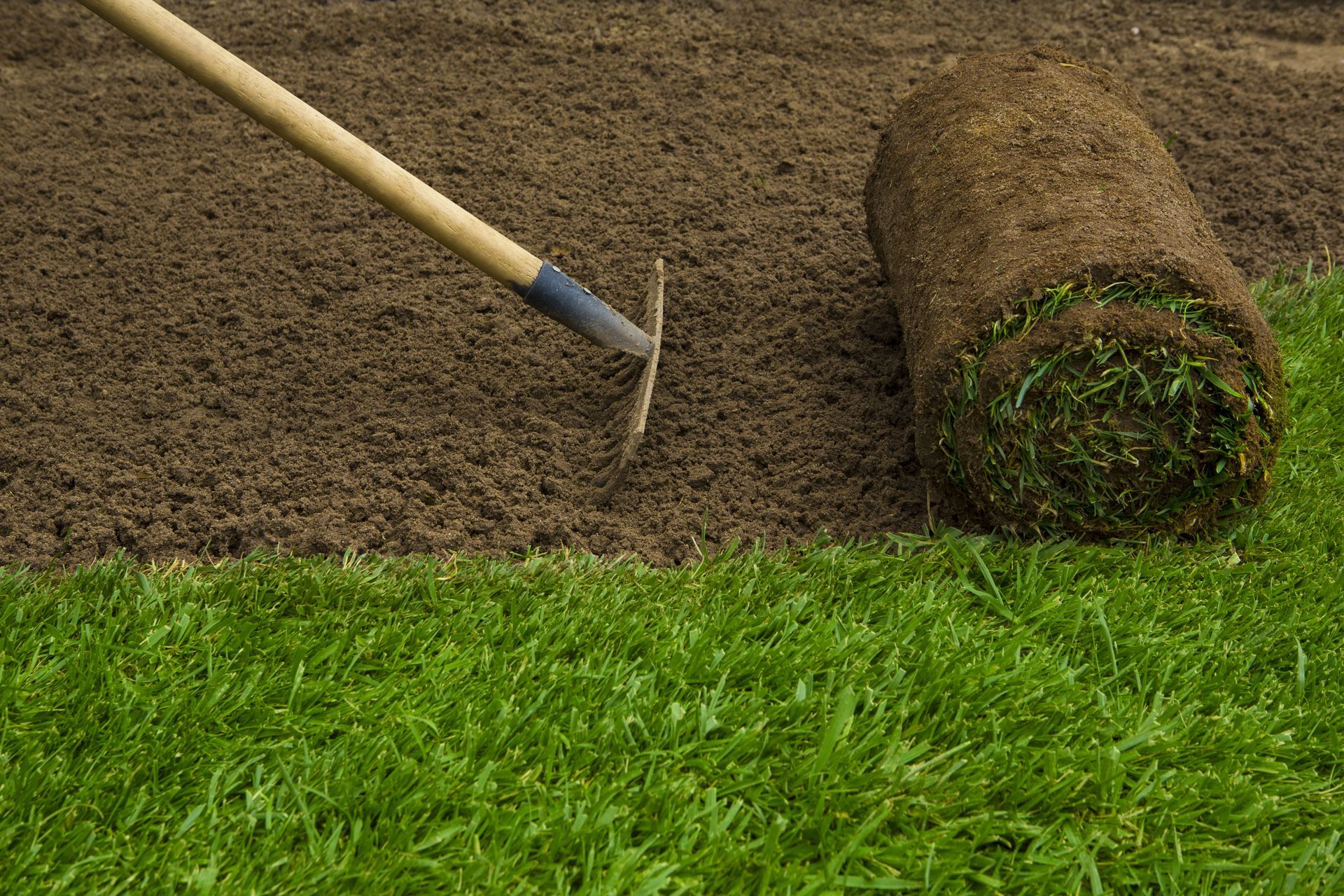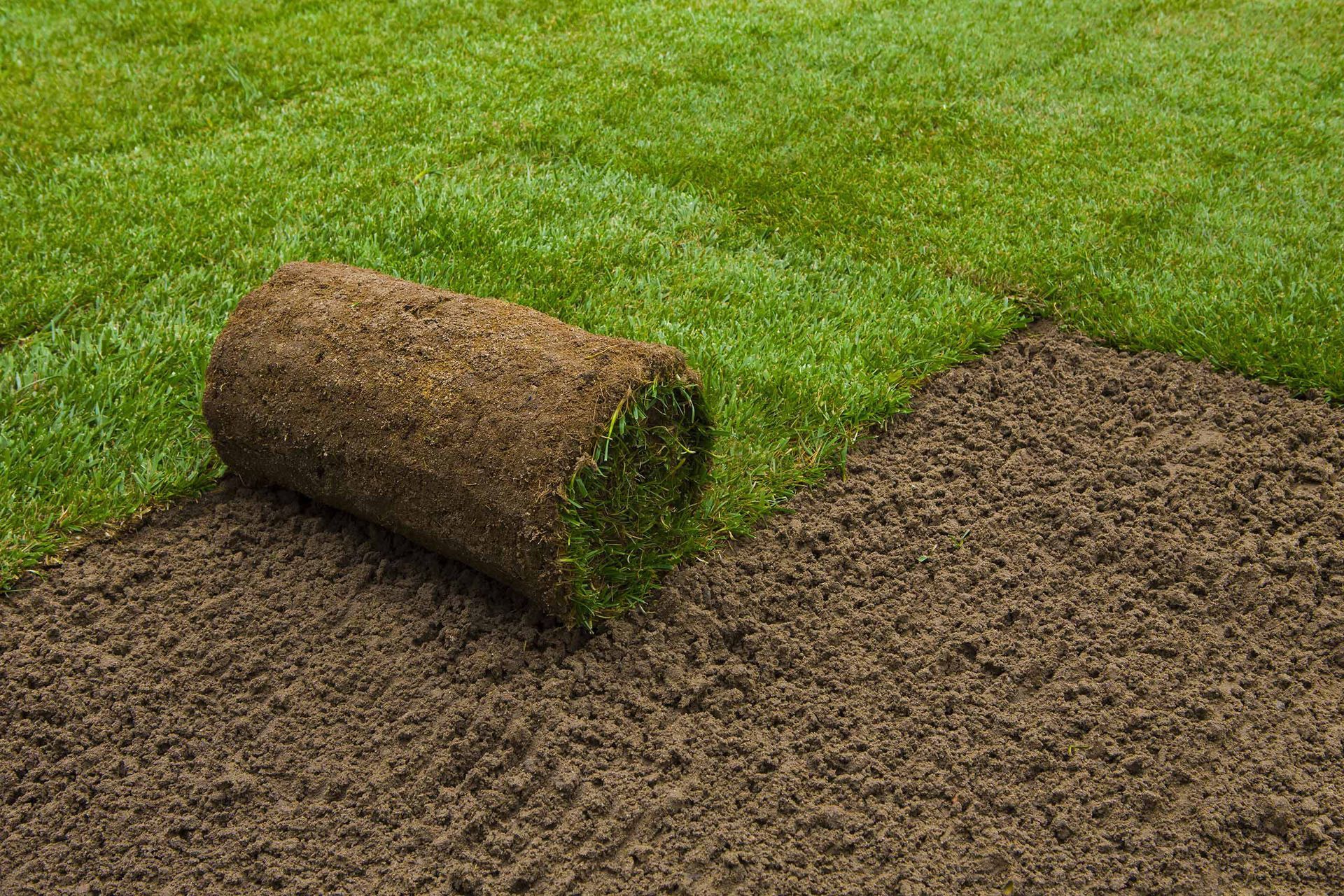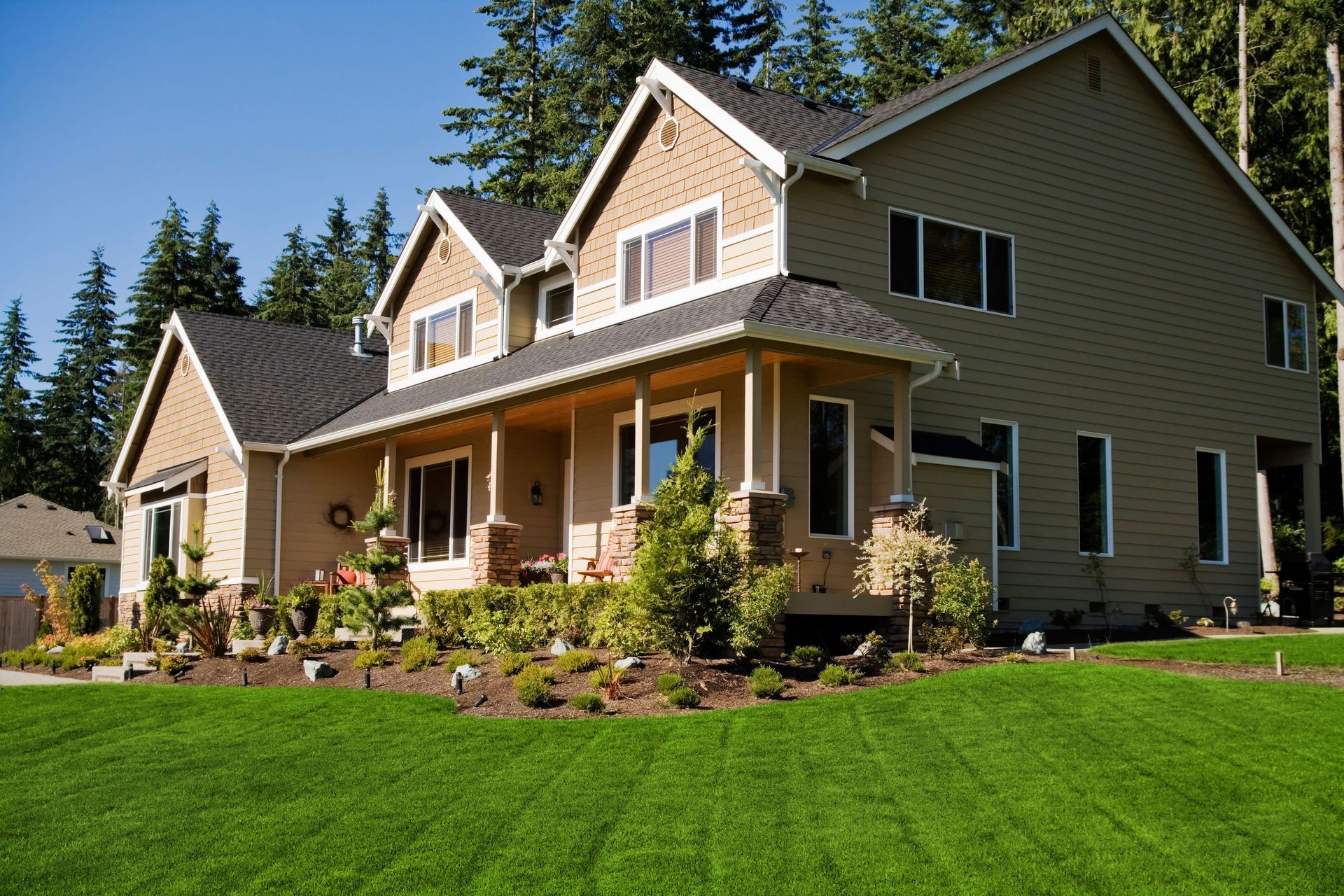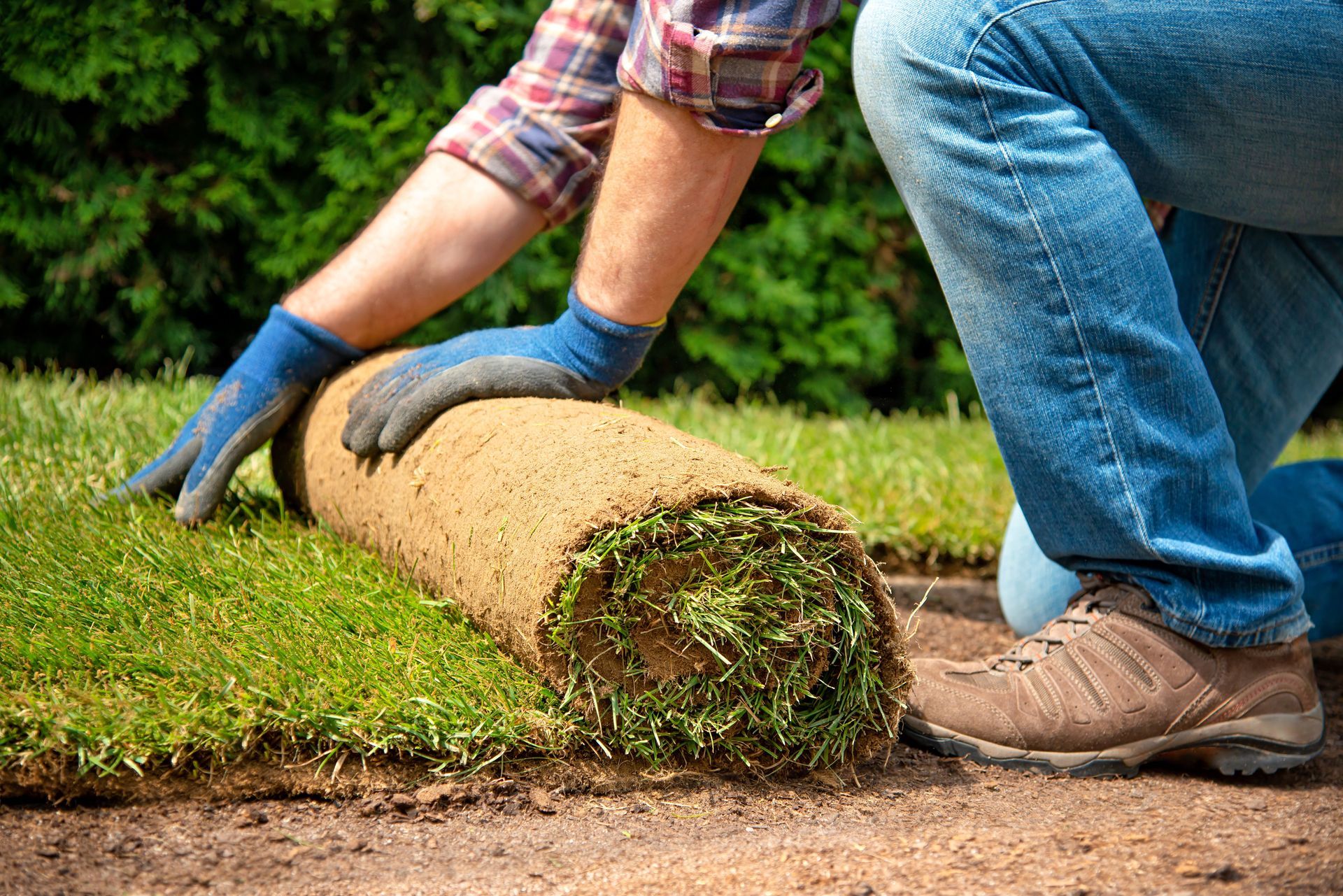3 Factors to Consider Before Investing in Sod
Investing in sod can be a transformative decision for your outdoor space, offering immediate aesthetic appeal and potential long-term benefits. However, the decision to lay sod is not one to be taken lightly. There are several factors to consider to ensure that your investment flourishes into a lush, vibrant lawn. Understanding these nuances can help you make an informed decision that meets both your landscaping goals and budgetary constraints.
1. Climate Compatibility
The first factor to consider is the climate compatibility of the sod you choose. Not all sod varieties are suitable for every climate. For example, we've found that Kentucky Bluegrass thrives in cooler climates, while Bermuda grass is more suited for warmer environments. Selecting the wrong type of sod can lead to poor growth and can increase the likelihood of pest problems, resulting in more maintenance and cost over time. Conducting thorough research or consulting with a local expert can help you identify the best sod type for your region.
2. Soil Preparation
Soil preparation is another critical factor in the success of your sod project. The existing soil should be properly prepared to ensure that the sod can establish itself effectively. This involves testing the soil for pH and nutrient levels, removing weeds, and amending the soil as needed. According to This Old House, each 1,000 square feet of a healthy lawn contains about a million plants, which underscores the importance of soil preparation in supporting a dense and thriving lawn. Without proper preparation, your new sod may struggle to take root, leading to patchy growth and increased maintenance needs.
3. Maintenance
Initial and ongoing maintenance is also a factor that should not be overlooked. After installation, sod requires diligent watering to establish roots and promote healthy growth. Once established, a regular maintenance routine, which includes mowing, fertilizing, and aerating, is necessary to keep the lawn in optimum condition. Many homeowners underestimate the effort involved in maintaining a beautiful lawn, which can lead to unsatisfactory results and additional costs in the long run. Therefore, realistic evaluation of your availability and willingness to maintain your lawn is crucial before making an investment in sod.
While investing in sod can greatly enhance the beauty and value of your property, careful consideration of climate, soil preparation, and maintenance needs are essential to making this investment worthwhile. By taking these factors into account, you can ensure that your sod installation results in a lush, green lawn that you can enjoy for years to come. Thoughtful planning and realistic expectations are the keys to a successful sod project. For more information contact DeBuck's Sod Farm of Wisconsin, Inc today.





Share On: